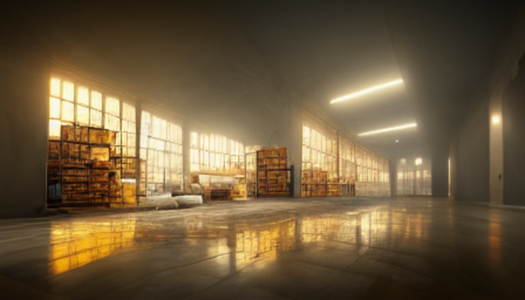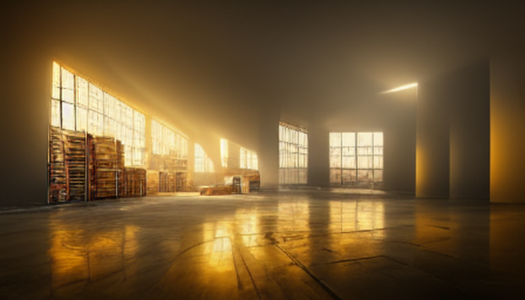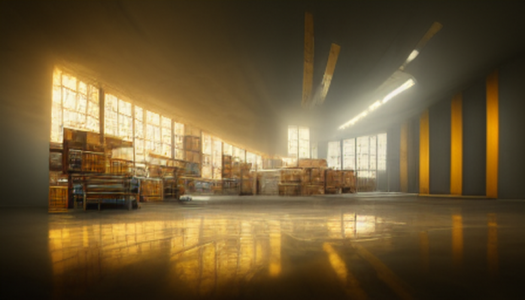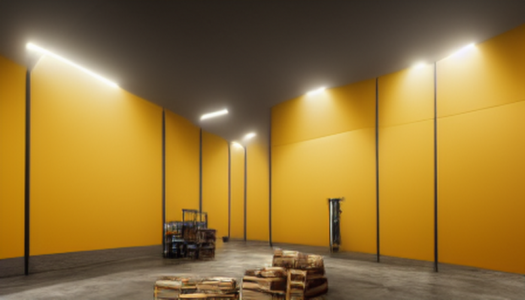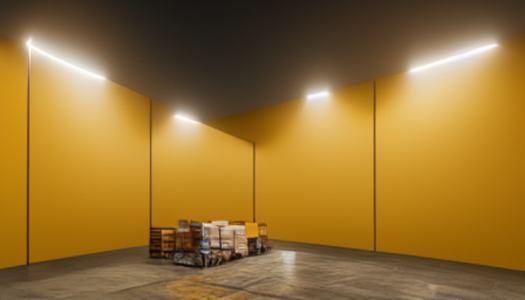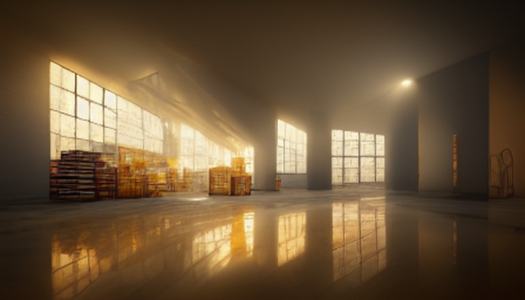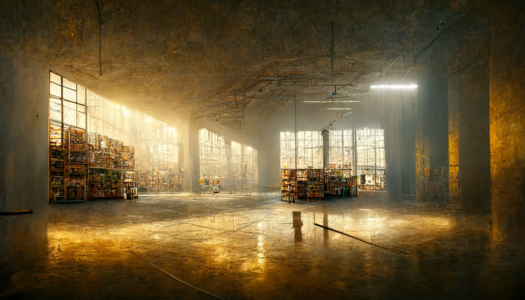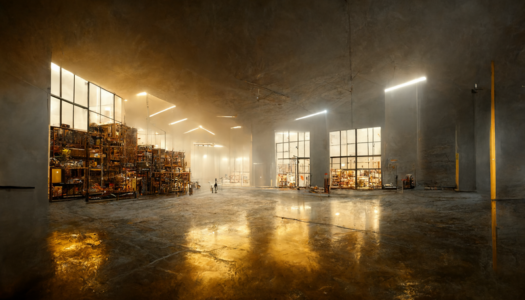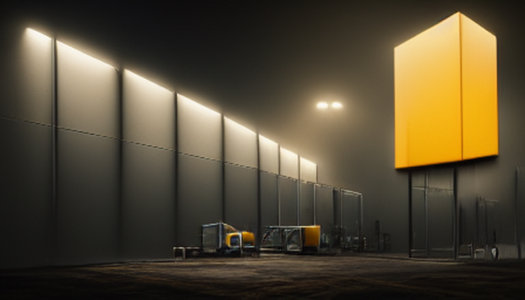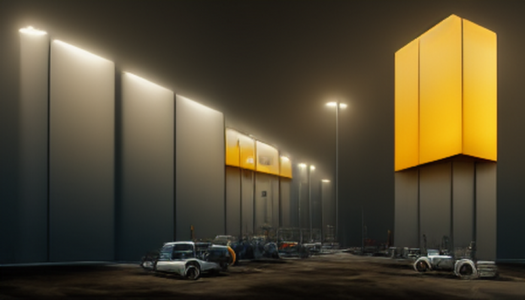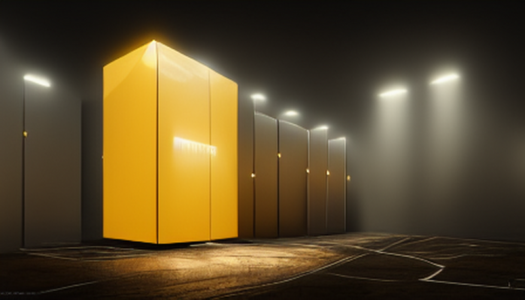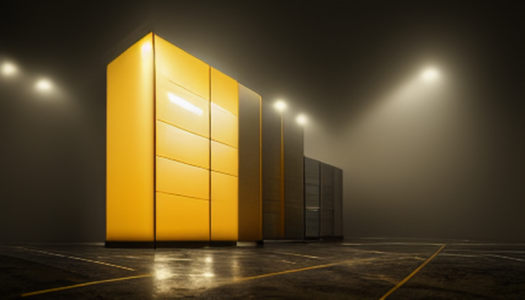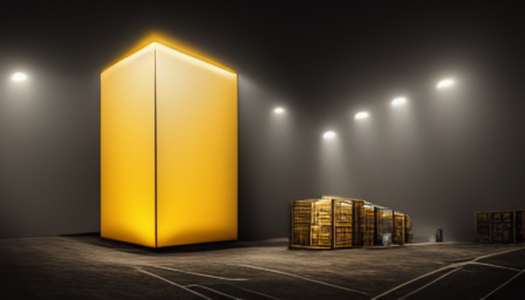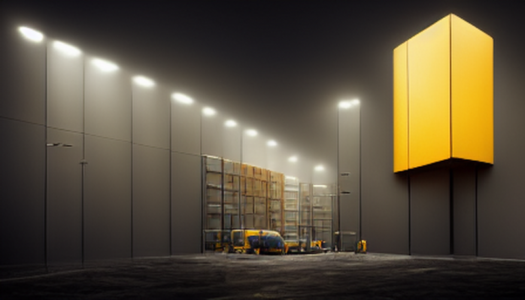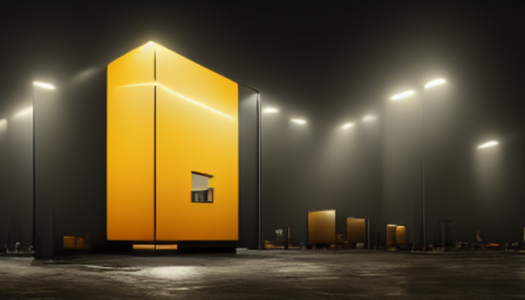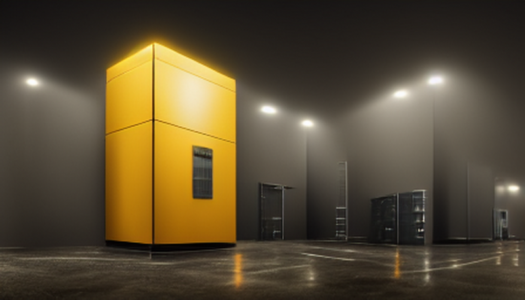
Storage facilities that keep merchandise above freezing temperatures and below extremes is the simplest and cheapest thing to do. This method works well not that close to the city but on the outskirts of it. It needs more terrain than typical ones … however, buying in bulk and actually bringing down the building cost by the dozens compensates for it.
So, not paying for lots of construction materials that deteriorate over time but buying terrain instead that increases in value. It’s a jackpot.
Initial building costs are dozens of times cheaper, and the heating and cooling will be symbolic or none?
By keeping merchandise at optimal temperatures, cheaper, and building costs being insignificant compared to traditional warehouses, it can grow several times faster and outcompete other warehouses or franchises easily.
